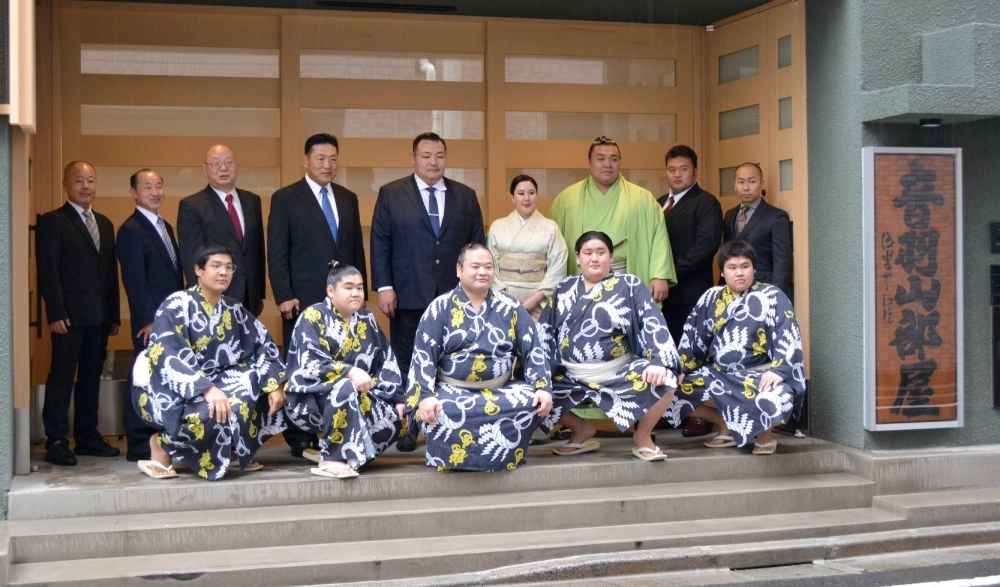Even as offseasons across the sporting world are squeezed by exhibition games, expanded schedules and an increasing number of promotional events, sumo still stands apart in terms of the time commitment required of its participants.
While the action in any given sumo bout lasts mere seconds, the length and intensity of the training in Japan’s national sport far surpasses that of pretty much every other athletic endeavor.
In addition to countless training fights and hours upon hours spent repeating the same fundamental drills for hundreds of repetitions each morning, sumo wrestlers — particularly in the lower divisions — have an endless series of tasks, chores and obligations that eat into their time.
















With your current subscription plan you can comment on stories. However, before writing your first comment, please create a display name in the Profile section of your subscriber account page.